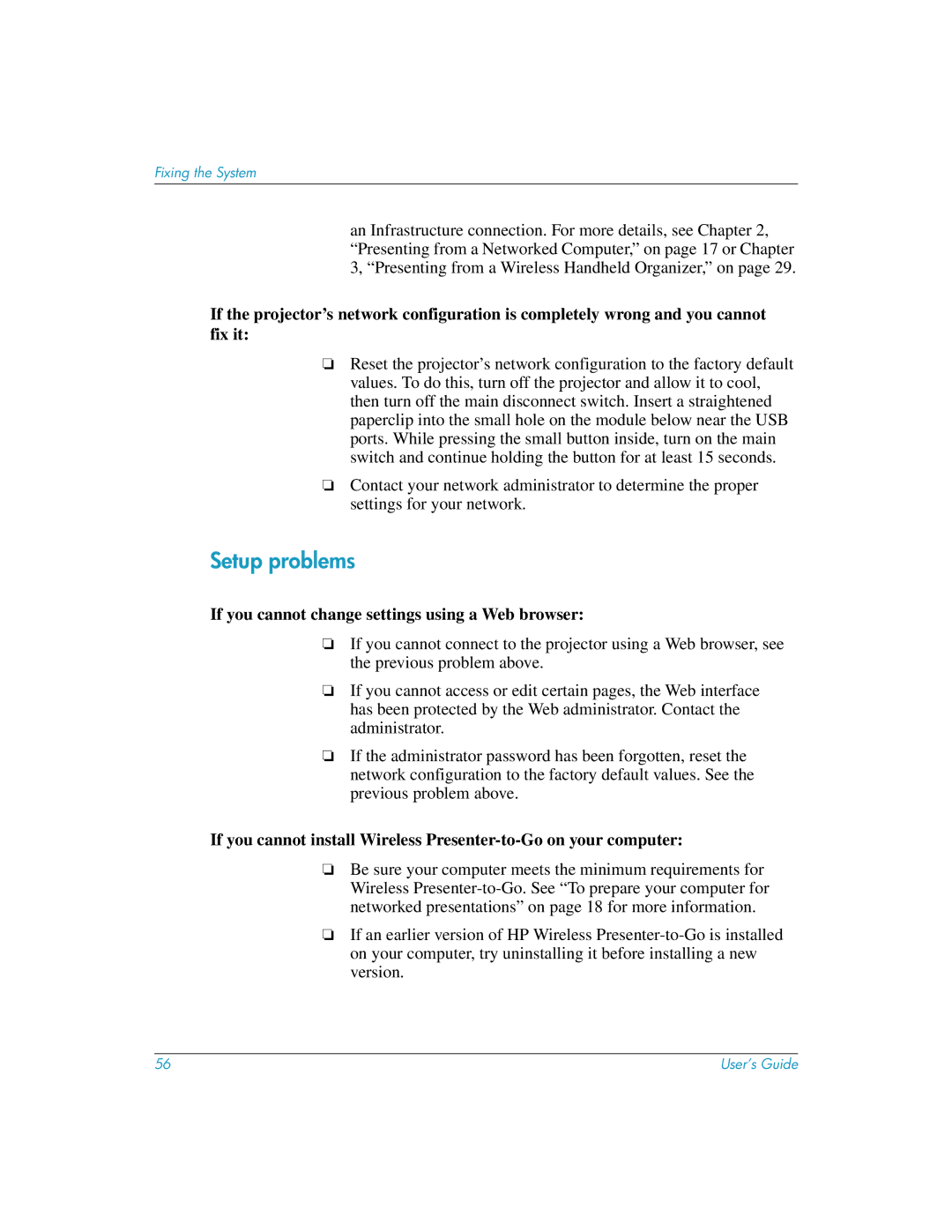L1581A specifications
The HP L1581A is a high-performance test instrument designed specifically for the testing and evaluation of fiber optic components and systems. Targeted at telecommunications and networking applications, this device epitomizes precision and reliability in optical testing, making it an invaluable tool for engineers and technicians.One of the standout features of the HP L1581A is its capability to deliver accurate measurements of optical power and signal quality across a wide range of wavelengths. This versatility allows it to support multiple fiber optic standards, accommodating both single-mode and multimode fibers. The instrument's wide wavelength range typically spans 1260 nm to 1650 nm, covering the primary wavelengths used in modern fiber optic communications.
The HP L1581A employs advanced technologies for signal processing and analysis, ensuring high-resolution measurements and minimal uncertainty. It incorporates state-of-the-art photodetectors that provide improved sensitivity and dynamic range. Additionally, the device features a user-friendly interface, often accompanied by a graphical display, which simplifies the analysis process with clear visual representations of data.
In terms of characteristics, the HP L1581A is noted for its compact design and portability, making it suitable for field operations as well as laboratory environments. Its robust construction ensures durability under varying conditions, which is critical in the demanding field of telecommunications.
Moreover, the instrument supports various measurement modes, including relative power measurement and absolute optical power measurement, providing users with flexibility depending on their testing needs. The L1581A also offers data logging capabilities, enabling users to store and analyze measurements over time, which is critical for long-term performance assessments.
Another significant feature of the HP L1581A is its compatibility with various software applications, allowing for seamless integration into existing test setups. This feature enables remote control and automation, which enhances productivity and efficiency in testing processes.
In conclusion, the HP L1581A is a sophisticated instrument equipped with high-precision measurement capabilities, advanced technologies for signal processing, and versatile operational features. Its robustness and user-friendly interface make it essential for professionals working with fiber optic systems, ensuring accurate testing and maintenance of critical telecommunications infrastructure.

